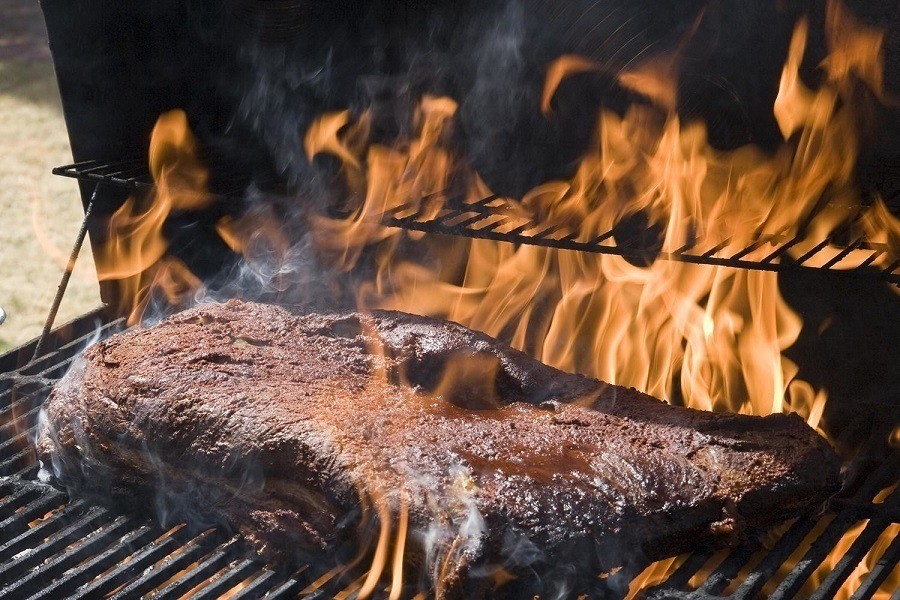Smoking Your Food: The Various Smoking Techniques

Food is one of the great joys of life, as the right meal can turn a bad day on its head. If you want to enjoy your food more, or if you want to be able to cook it, it always helps to learn about how it's prepared. Having respect and understanding for the work of cooks is essential when it comes to getting the full experience out of cooking.
When it comes to food prep, people have found some of the most inventive ways to create the perfect meal. After all, variety is the spice of life, so it makes sense to want to experience and enjoy different flavors. From sous-vide cooking (the source of the juiciest meat in the world) to hot smoking, we’ve mastered it all.

In this guide, our focus will be directed towards the latter cooking method: smoking. Of course, we won’t just confine ourselves to hot smoking, as we’ll be going over the various forms of smoking, as some are quite different from each other. We’ll also go over some related methods, like smoke roasting.
Comparing The Smoking Techniques
Smoking is a cooking process that consists of using smoke to add flavor to your food. It can be used either with or without the application of heat, depending on the technique that you’re using. In this section, we’ll be going over the three primary smoking methods and comparing them to each other.
Cold Smoking
Cold smoking is the simplest method of smoking, and it usually needs a bigger smoker than other ways because the food needs to be separated from the heat source. You'll often find salmon and different kinds of fish being cold smoked in large huts where a low-intensity flame is used to produce the smoke.
This smoking technique is known as cold smoking because the food is not cooked in any way by the heat, as all of the work is done by the smoke. Cold smoking can be used to add flavor to food that is uncooked, like smoked salmon, or it can be used with foods that have already been on the grill.
Cold smoking is one of the oldest cooking traditions, being practiced by both the ancient Scandinavians as well as the Native Americans. Some will argue that this is the purest form of smoking since it isn't coupled with grilling or roasting, though that is a point that will be debated for a long time.
Hot Smoking
Hot smoking is the opposite of cold smoking, as you would imagine. Where cold smoking applies no heat to the food, hot smoking is practiced by placing the food much closer to the flame, where it can essentially be grilled at the same time as it smokes. This technique provides a cooked texture coupled with the smoky flavor we all love.
It’s a bit easier to hot smoke food in smaller smokers because your ingredients can be closer to the heat source. This is why most affordable smokers are optimized for hot smoking, though this is changing over time. The disadvantage to hot smoking is that the food will often lose a bit of its flavor if stored for later.

Hot smoking is often a great way to introduce people who have never tried smoked foods to the technique since it blends the flavor of the grilled meat with the smoked taste. Children, in particular, who are picky eaters will often prefer hot smoked food at first until they get accustomed to it.
Warm Smoking
Finally, you have warm smoking, which lies right in between the other two methods. Warm smoking tends to be a little less popular than the other two techniques, but that doesn’t make it an inferior choice. While hot smoking tends to dry out your food a little bit, warm smoking maintains the tenderness.
This cooking method consists of keeping your food between 70 and 85 degrees F as it smokes, which ensures that it will remain warm and cook slowly. As you would expect, this smoking method takes longer than hot smoking, and sometimes even longer than cold smoking (which is typically the longest).
When you take a bite of food that has been warm smoked, you get an explosive taste of that smoky flavor that you would expect, but the meat also tends to remain juicy. This cooking method is similar to sous vide in that the meat is exposed to lower temperatures for a longer period to improve its juiciness.
What Is Smoke Roasting?
Smoke roasting is exactly what you would expect when you hear the name, as it combines smoking with roasting. This type of cooking consists of bringing the temperature up to what you would normally roast your meat at and then introducing wood chips that will add the smoke.
Smoke Roasting Technique Explained
You can smoke roast your food in a wide range of different cooking implements, including your barbecue, a roaster, or a purpose-built smoke roaster. This type of cooking manages to combine the best of both worlds, as you’ll get to enjoy the flavor of the smoke on your meat, but it will also result in it being juicy and cooked throughout.

What Is Pit Roasting?
Pit roasting is often referred to as a separate kind of cooking to smoke roasting, but they are the same thing in reality. Pit roasting is a term that is typically used in the US to refer to smoke roasting, but there aren’t any major differences in the practice beyond that.
Conclusion
Smoking is one of the more rewarding methods of cooking, though it is a little less hands-on than other techniques. We hope that we've been able to adequately explain the differences between the different methods that are used to smoke food.
If you have any comments or questions about this guide, feel free to leave them down below, and we'll try to get back to you.
Resources:


